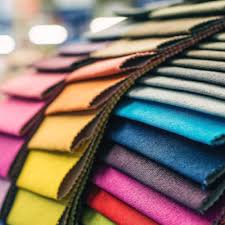Stamp: Textile From Nayarit (2025 Imprint) (Mexico 2025)
Textile From Nayarit (2025 Imprint) (Mexico 2025)
01 January (Mexico ) within release Traditional Textiles Definitive (2023- goes into circulation Stamp Textile From Nayarit (2025 Imprint) face value 0.50 Mexican new peso
Stamp is square format.
Also in the issue Traditional Textiles Definitive (2023-:
- Stamp - Textile From Michoacan (2025 Imprint) face value 7.50;
- Stamp - Textile From San Luis Potosi (2025 Imprint) face value 9;
- Stamp - Textile From Tlaxcala (2025 Imprint) face value 5;
- Stamp - Textile From Chihuahua (2025 Imprint) face value 15;
- Stamp - Textile From Durango (2025 Imprint) face value 1;
- Stamp - Textile From Nayarit (2025 Imprint) face value 0.50;
- Stamp - Textile From Puebla (2025 Imprint) face value 1.50;
- Stamp - Textile From Yucatan (2025 Imprint) face value 7;
Stamp Textile From Nayarit (2025 Imprint) it reflects the thematic directions:
A flower, sometimes known as a bloom or blossom, is the reproductive structure found in plants that are floral (plants of the division Magnoliophyta, also called angiosperms). The biological function of a flower is to effect reproduction, usually by providing a mechanism for the union of sperm with eggs. Flowers may facilitate outcrossing (fusion of sperm and eggs from different individuals in a population) or allow selfing (fusion of sperm and egg from the same flower). Some flowers produce diaspores without fertilization (parthenocarpy). Flowers contain sporangia and are the site where gametophytes develop. Many flowers have evolved to be attractive to animals, so as to cause them to be vectors for the transfer of pollen. After fertilization, the ovary of the flower develops into fruit containing seeds. In addition to facilitating the reproduction of flowering plants, flowers have long been admired and used by humans to beautify their environment, and also as objects of romance, ritual, religion, medicine and as a source of food.
Flora is the plant life occurring in a particular region or time, generally the naturally occurring or indigenous—native plant life. The corresponding term for animal life is fauna. Flora, fauna and other forms of life such as fungi are collectively referred to as biota. Sometimes bacteria and fungi are also referred to as flora, as in the terms gut flora or skin flora.
Textile is an umbrella term that includes various fiber-based materials, including fibers, yarns, filaments, threads, and different types of fabric. At first, the word "textiles" only referred to woven fabrics.However, weaving is not the only manufacturing method, and many other methods were later developed to form textile structures based on their intended use. Knitting and non-woven are other popular types of fabric manufacturing. In the contemporary world, textiles satisfy the material needs for versatile applications, from simple daily clothing to bulletproof jackets, spacesuits, and doctor's gowns



